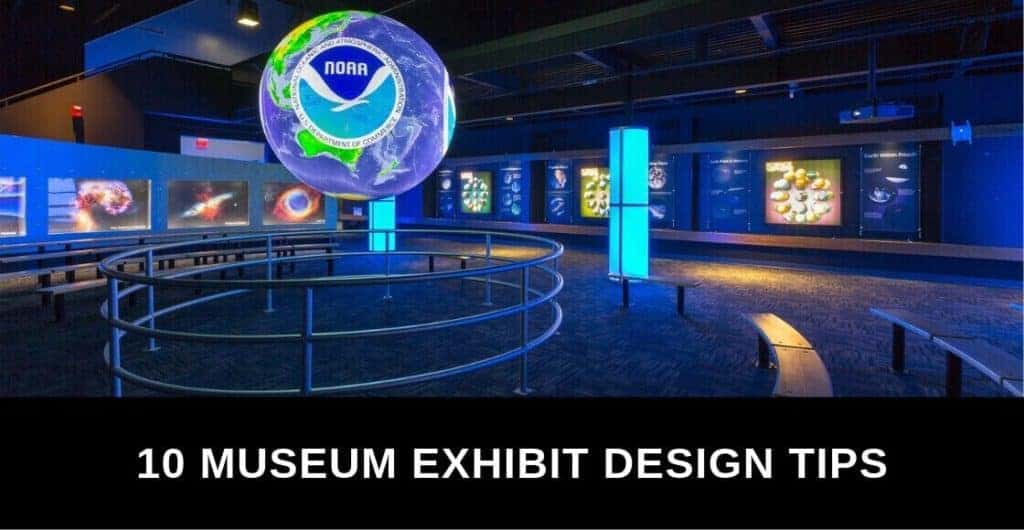Gamification, the integration of game elements into non-gaming contexts, has gained significant attention in various fields. One area where gamification has shown immense potential is in interactive exhibit design. By incorporating game mechanics, such as challenges, rewards, and competition, interactive exhibits become more engaging, educational, and memorable. This article explores the role of gamification in enhancing the design of interactive exhibits.
Engaging Visitors
Gamification in interactive exhibit design captivates visitors by transforming passive observation into active participation. By providing interactive elements, such as touchscreens, motion sensors, or augmented reality, exhibits become platforms for visitors to engage with the content, fostering a sense of curiosity and exploration.
Creating Immersive Experiences
Gamification allows designers to create immersive experiences that transport visitors into new worlds. By incorporating narratives, quests, or challenges, interactive exhibits become interactive stories, encouraging visitors to become active participants in the learning process.
Encouraging Learning Through Play
Play is a powerful tool for learning, and gamification leverages this concept in interactive exhibit design. By embedding educational content within games, visitors can learn while enjoying themselves. This approach promotes a deeper understanding of the subject matter and increases knowledge retention.
Increasing Interactivity
Gamification enhances interactivity in interactive exhibits, fostering collaboration, competition, and socialization among visitors. By offering multiplayer games or challenges, interactive exhibits encourage visitors to connect with each other, enhancing the overall experience.
Boosting Motivation and Engagement
By integrating game mechanics, such as points, levels, or badges, interactive exhibits motivate visitors to actively participate. The inherent desire to achieve goals and earn rewards drives engagement, making the learning process more enjoyable and memorable.
Personalizing the Experience

Gamification allows for personalized experiences in interactive exhibit design. By tailoring challenges or difficulty levels based on visitor preferences, exhibits can cater to different age groups or knowledge levels, ensuring an optimal learning experience for all visitors.
Measuring and Evaluating Impact
Gamification also provides valuable insights into visitor engagement and the effectiveness of the interactive exhibit design. Through data collection and analysis, designers can assess the impact of specific game mechanics, identify areas for improvement, and make data-driven decisions to optimize future exhibits.
Tracking Visitor Progress
By incorporating gamification elements, interactive exhibits can track visitor progress, collecting data on their interactions, achievements, and preferences. This data helps designers create personalized experiences, understand visitor behavior, and adapt exhibit content accordingly.
Evaluating Learning Outcomes
Gamification enables the evaluation of learning outcomes in interactive exhibit design. By assessing how visitors perform in game-based challenges or quizzes, designers can measure the effectiveness of the educational content and identify areas where additional guidance may be needed.
Summary:
In the realm of interactive exhibit design, gamification offers a fresh and exciting approach to engage visitors. By blending game mechanics, storytelling, and technology, designers can create captivating experiences that go beyond traditional static displays. Gamification encourages active participation, problem-solving, and exploration, allowing visitors to become active agents in their learning process.
Visitors are no longer passive recipients of information; they are encouraged to interact with the exhibit, embark on quests, solve puzzles, and compete with others. These game elements foster a sense of excitement, curiosity, and accomplishment, making the overall experience more enjoyable and memorable.
Gamification also provides opportunities for personalized learning experiences. Through the use of data tracking and analytics, designers can tailor the exhibit content and challenges to individual visitors’ interests and abilities. This customization creates a more engaging and relevant experience, increasing the chances of knowledge retention and deeper learning.
Moreover, gamification in interactive exhibit design can bridge generational gaps by appealing to a wide range of ages. By incorporating elements that resonate with different age groups, such as multiplayer games or augmented reality, exhibits can attract and engage both younger and older visitors.
In conclusion, gamification has become an invaluable tool in interactive exhibit design. It not only enhances visitor engagement but also facilitates active learning, personalization, a discover this info here nd inclusivity. By embracing gamification, designers can create immersive and memorable experiences that leave a lasting impact on their audience.
- Q: What is the role of gamification in interactive exhibit design?
- A: Gamification in interactive exhibit design enhances user engagement and participation by incorporating game elements and mechanics, such as points, rewards, and challenges, into the exhibit experience.
- Q: How does gamification benefit interactive exhibits?
- A: Gamification makes interactive exhibits more enjoyable and immersive, motivating visitors to explore, learn, and interact with the content. It also fosters competition, collaboration, and a sense of achievement among users.
- Q: What types of game elements can be used in interactive exhibit design?
- A: Game elements commonly used in interactive exhibit design include leaderboards, badges, levels, quizzes, puzzles, storytelling, time limits, and interactive challenges.
- Q: Can gamification help in educating visitors through interactive exhibits?
- A: Absolutely! Gamification in interactive exhibit design can make the learning process more enjoyable and effective. It can deliver educational content in a fun and interactive way, increasing knowledge retention and engagement.
- Q: How can gamification improve visitor interaction with exhibits?
- A: By incorporating game mechanics, such as rewards and competition, gamification encourages visitors to actively participate, explore, and spend more time engaging with the interactive exhibits.
- Q: Is it necessary to have extensive gaming experience to enjoy gamified exhibits?
- A: No, gamified exhibits are designed to be accessible and enjoyable for users of all levels, including those without prior gaming experience. The focus is on creating an engaging and interactive experience for everyone.

Welcome to my website! My name is Spencer Earle, and I am a professional Car Wrap Installer with a passion for large format printing, customization trends, trade show planning, and booth design inspiration. With years of experience in the industry, I have honed my skills and expertise to deliver exceptional results to my clients.

